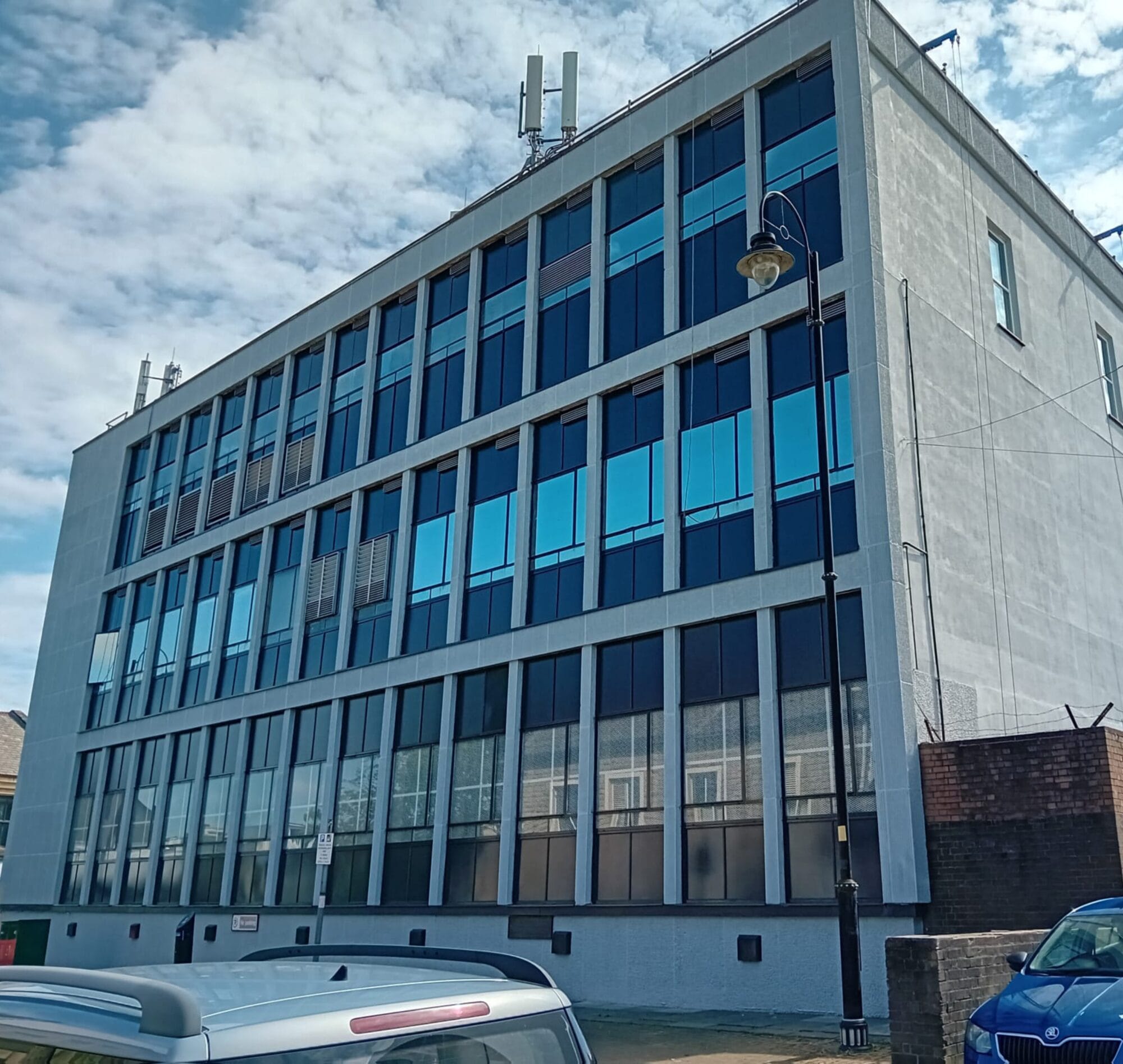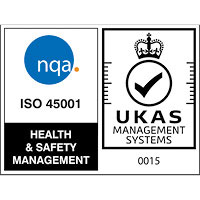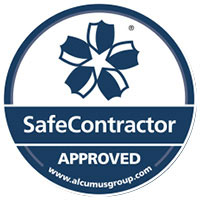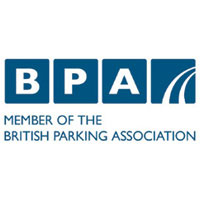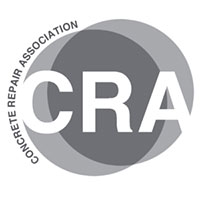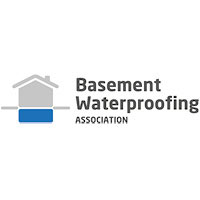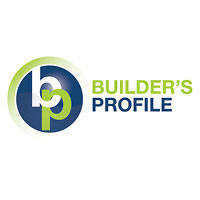Polymer Screed
Thin section specialist screeds which can be laid at a minimum of 6mm are based on a site batched sand/cement modified polymer (SBR) screed applied in the traditional manner.
Important points to observe are when considering the suitability of this type of application:
- Substrate preparation and assessment
- Priming
- Mix design and mix components
- Mixing
- Laying
- Curing
Substrate Preparation
For a thin topping to work successfully it must bond to the substrate concrete. This allows stresses imposed upon it to be transferred to, and absorbed by the substrate with the topping and base acting as one complete (monolithic) unit. To achieve this, the substrate requires to be physically abraded by scabbling or blasting to remove loose particles of cement and sand, and to expose the aggregate within the sub-floor, providing a sound base which is able to restrain the topping as it cures and prevent drying shrinkage from lifting the topping away from the substrate.
Recommendations for preparation are given in BS 8204 Part 3 : 1994 which will confirm the suitability of the substrate giving maximum mechanical results from the topping.
Testing and Assessment
Once the floor has been prepared, it must be tested to ensure that what is left behind is strong, sound and suitable to restrain the topping. Methods of testing include direct tensile pulls using a limpet tester, rebound hammer tests, and drop water test. The first two indicate the strength of the floor and its ability to support and restrain the topping. The third will indicate the presence of oil or other contaminants in the floor which may prevent or impair effective adhesion. Assuming test results are satisfactory the topping or underlayment can be laid.
Priming
The next process is to dampen the substrate with water, and brush apply a bond coat or primer coat, this is brushed into the surface of the substrate after preparation and damping with water. The primer forms a chemical bond between the topping and the substrate, effectively sticking it to the concrete.
Before the primer dries the floor topping must be laid on to the wet, tacky primer.
Depending on the thickness, and its intended use, the mix design of the topping may also include aggregates (Aggregates are typically graded granite or pea shingle) to provide additional wear and impact resistance and strength.
Laying
When laying a modified SBR screed, correct batching and mixing is essential. Each component must be properly measured by weight or volume and mixed to provide a mortar with the lowest possible water content but containing sufficient liquid to allow the contractor to achieve good compaction and good surface finish. The most suitable mixes for polymer mortars and’ fine concretes are forced action mixers; avoid the use of conventional free fall mixers which are less efficient, create a higher liquid demand and do not disperse cement and sand evenly. Sands must also be correctly graded, generally conforming to medium grade sharp as specified in BS882, and dry.
Once mixed, the topping is laid on to the wet or tacky primer ensuring good compaction, contact with the substrate and primer and a good surface finish is achieved using a steel trowel, or a wood or plastic float. Mixes containing granite are often second stage polished a short time after laying the floor to give the required finish.
Curing
Finally the new floor finish must be properly cured, normally for 2 days, to lock in the moisture, prevent rapid drying and minimise the risk of shrinkage cracking and curling. This is achieved by spraying on a curing membrane or by placing tight fitting polythene on the surface.


